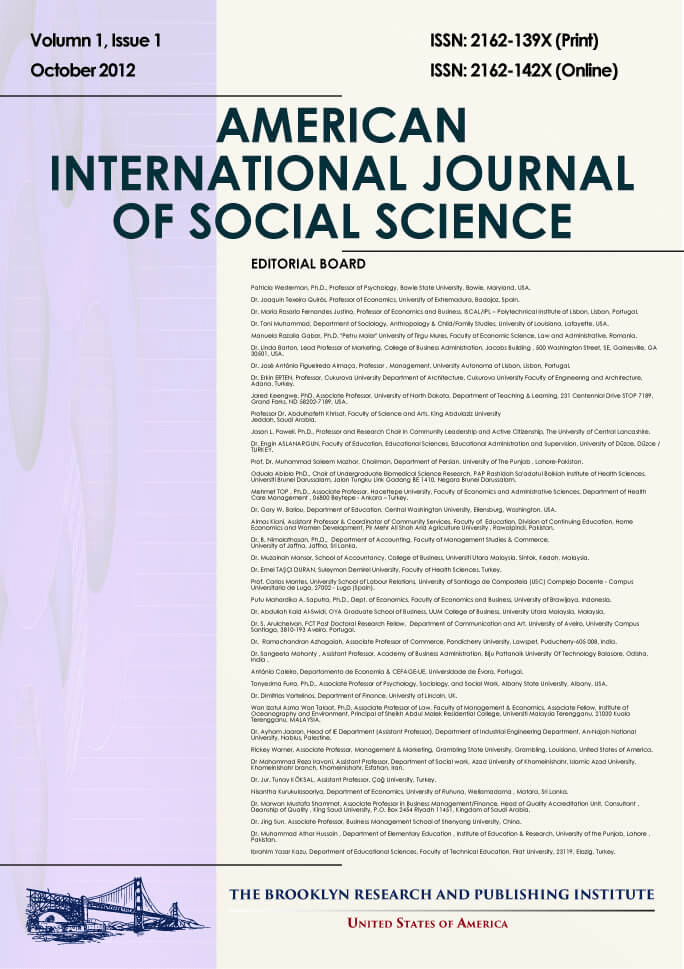The Number of Alternatives and the Role it Plays in Decision Making
Ertuğrul Gödelek
Abstract
This experiment was designed to test two related hypotheses. By applying Festinger’ s theory of cognitive
dissonance to a marketing situation it was expected that a clearer understanding of consumer behaviour would be
developed. Basically, the hypotheses stated that once the choice decision had been made there would be a greater
magnitude of dissonance created in the four alternative situation than in the two alternative situation, and a
greater magnitude of dissonance created in a conflict situation than in a preference situation. As in other
experiments dealing with dissonance, an increase in desirability for the chosen alternative was taken to mean a
reduction of dissonance in desirability for the rejected alternative(s) was taken to mean a reduction of
dissonance. The greater the magnitude of dissonance created by the choice situation, the greater would be the
pressure to reduce dissonance through a re-evaluation of the chosen and rejected alternatives. Each of eighty
college juniors and seniors was asked to participate in a business study. The results generally confirmed both
hypotheses, however, the difference between the two alternative conflict situation and the four alternative conflict
situation were not large enough to confirm or reject the first hypothesis. It can be concluded that once the
decision has been made, the greater the number of alternatives the greater will be the magnitude of dissonance;
hence, the more pressure to reduce dissonance through a re-evaluation of the chosen and rejected alternatives,
and the closer the desirability of the initial ratings and the higher the desirability of the initial ratings, the
greater will be the magnitude of dissonance with the resulting pressure to reduce dissonance through a reevaluation
of the chosen and rejected alternatives.
Full Text: PDF
American International Journal of Social Science
ISSN 2325-4149(Print), ISSN 2325-4165(Online) DIO: 10.30845/aijss
Visitors Counter
3835401
| 3752 | |
| |
6656 |
| |
42759 |
| |
49499 |
| 3835401 | |
| 39 |

